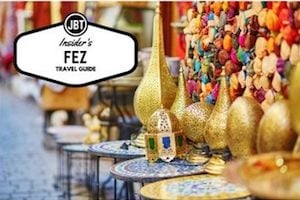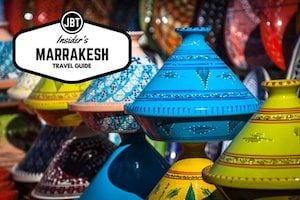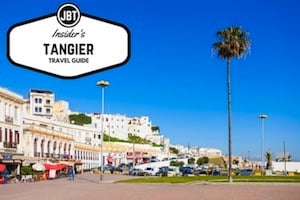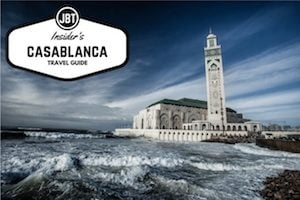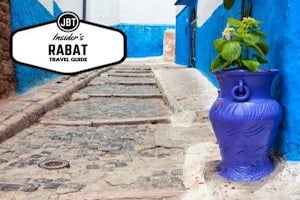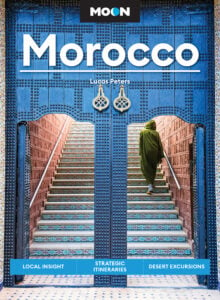 Though Morocco’s mountains offer plenty of places for trekking, if you only have time to visit one region when you visit the country, consider exploring the Rif Mountains, located beyond Chefchaouen.
Though Morocco’s mountains offer plenty of places for trekking, if you only have time to visit one region when you visit the country, consider exploring the Rif Mountains, located beyond Chefchaouen.
You might be ready to strap on your hiking boots and hit the trail, but before you begin your trek into the Rif Mountains, spend a few days in Chefchaouen, which is known as Chaouen by the locals. Moulay Ali Ben Rachid founded the city in 1471. It was used as a defensive base for Riffian Berber tribes against the Portuguese in Ceuta. The town quickly expanded in 1494 when individuals seeking refuge from Granada settled in the city.
The medina is at Plaza Uta el- Hammam, along with a Kasbah and the Grand Mosque, which was built in the 15th century. A small ethnographic museum and art gallery round out a visit to Chefchaouen.
Once you’re ready to starting trekking, head to the Rif Mountains, which are rife with historical significance. Some of the oldest caves in history have been discovered here, and excavations of some of the oldest human skeletons on record have occurred in these mountains.
Most trekking tours from Chefchaouen lead hikers through Talassemtane National Park, which is about 150 acres in size. Once here, it is easy to take day trips to Kalaa, Akchour and the God’s Bridge.
One of the more popular treks is a multi-day hike to Oulad Ben Blal and Hommar, which takes off from Grankha, located just beyond Chefchaouen. Plan on hiking for three or four hours each day with a break for lunch in Bouhachem Natural Park on the first day and in a women’s cooperative the second day. You will reach local villages by afternoon, where you will have the chance to wander the streets and absorb the local culture.
Posted by JoAnna Haugen, managing editor at Journey Beyond Travel and author of Kaleidoscopic Wandering.
Photo by Catchpenny.

